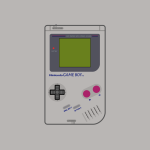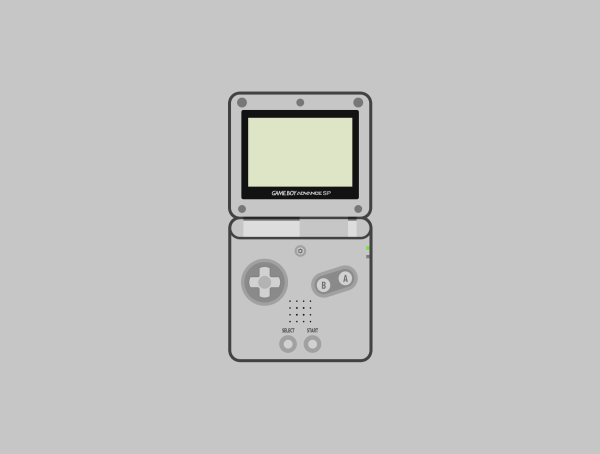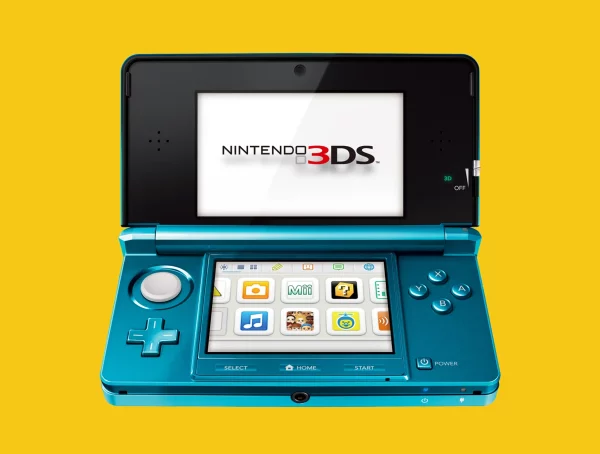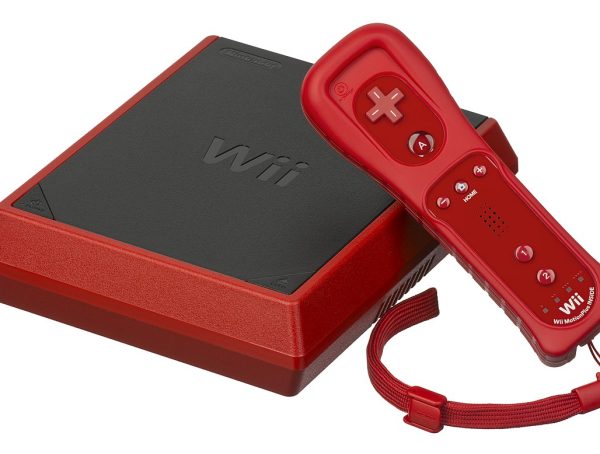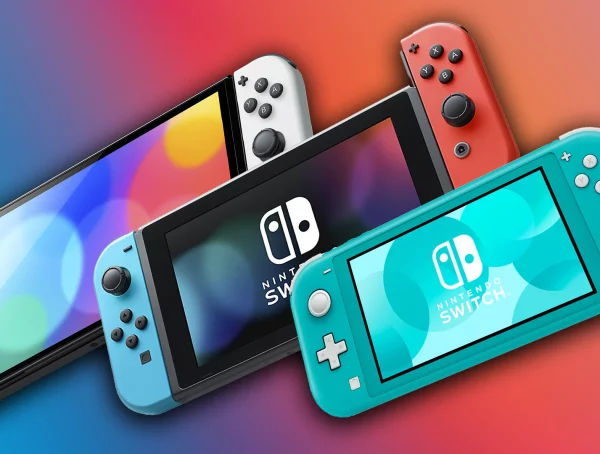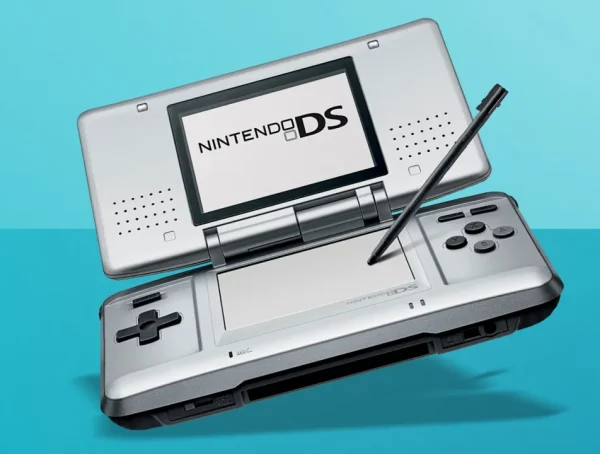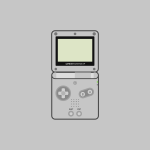Turn on your Wii!
In the mid-2000s, the video game industry was locked in a fierce battle for graphical power and realism. Microsoft’s Xbox 360 and Sony’s PlayStation 3 were pushing boundaries with HD graphics, powerful hardware, and online ecosystems. But in 2006, Nintendo took a completely different path. With the launch of the Nintendo Wii, the company shifted the focus from raw performance to innovation, accessibility, and fun, and it paid off in a massive way.
The Wii became a cultural phenomenon
The Wii became a cultural phenomenon, attracting not only gamers but families, seniors, and casual users who had never picked up a controller before. This is the complete history of the Nintendo Wii, a console that changed the game forever.
A New Direction for Nintendo
After the commercial underperformance of the Nintendo GameCube, Nintendo realized it needed to do something bold. Instead of continuing to compete head-to-head on graphical horsepower, Nintendo decided to reinvent how people play games.
The concept behind the Wii (originally codenamed “Revolution”) was simple: motion controls. Using an intuitive, wand-like remote, the Wii Remote, or Wiimote, players could swing, point, and move in real space to control their games. The goal was to break the barrier between player and game, making gaming more inclusive and intuitive.
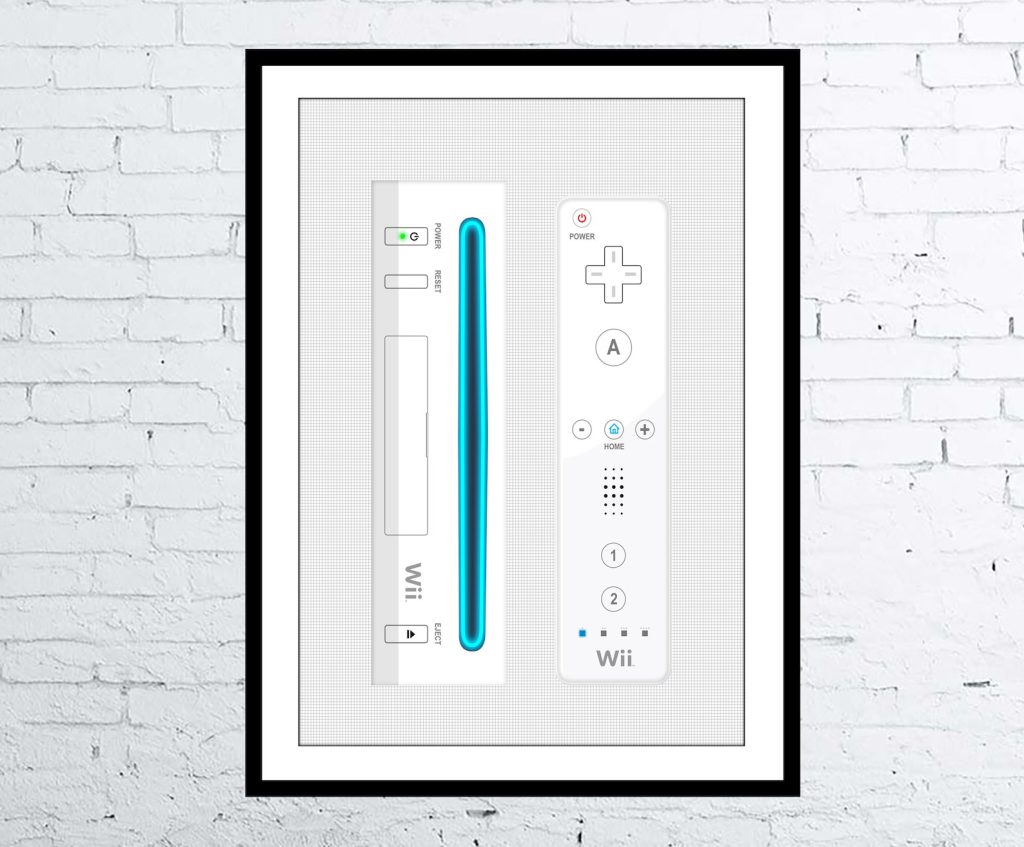
Nintendo Wii Launch and Initial Reception
The Wii was officially launched on November 19, 2006 in North America, followed by Japan and Europe in December. It sold out almost immediately, demand far exceeded supply, leading to shortages well into 2007.
Launch Price:
- $249.99 USD
- Included Wii Sports, which showcased the console’s motion capabilities.
Early Best-Sellers:
- Wii Sports
- The Legend of Zelda: Twilight Princess
- Mario Party 8
- Wii Play
Critics were initially skeptical about the underpowered hardware, but were quickly won over by the innovative gameplay and social potential of the console. Nintendo had tapped into a much broader audience than its competitors.
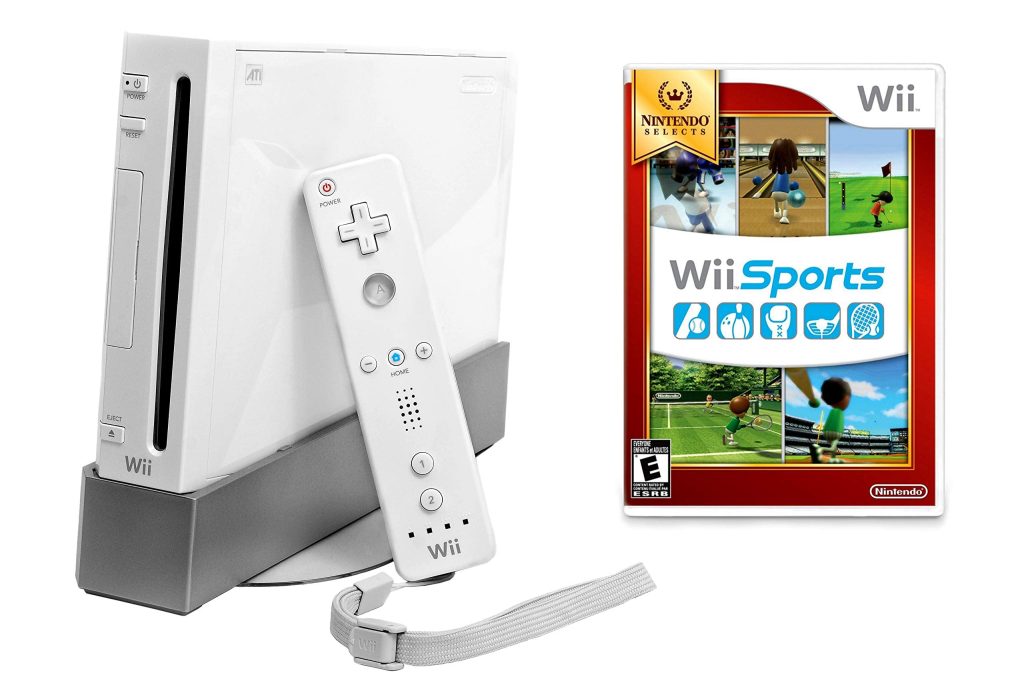
Iconic Features and Innovations
1. Motion Controls
The Wiimote featured accelerometers and infrared sensors, allowing players to interact with games using gestures and pointing. It brought gaming into the physical world.
2. Wii Channels Interface
The Wii’s menu was designed like a TV screen, with selectable “channels” for games, news, weather, Mii creation, and even the Wii Shop Channel for digital downloads.
3. Mii Avatars
Players could create personal avatars called Miis, which were used in many games, including Wii Sports and Mario Kart Wii.
4. Virtual Console
Wii allowed users to download classic games from the NES, SNES, N64, Sega Genesis, and more, introducing retro gaming to a new generation.
5. Backward Compatibility
Wii could play all GameCube games and use its controllers, making it a bridge between generations.
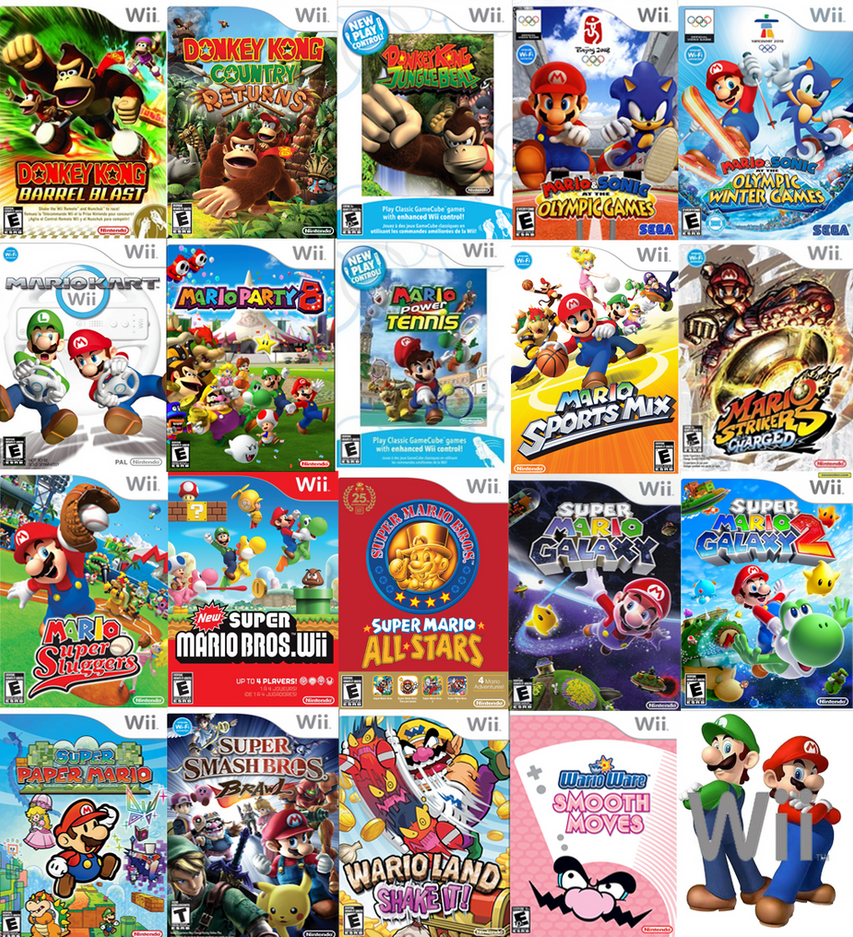
Best-Selling and Defining Games
- Wii Sports. A pack-in title that introduced motion controls; it became the best-selling single-platform game of all time.
- Wii Fit. With its Balance Board, it introduced fitness gaming and sold over 22 million units.
- Mario Kart Wii. Added motion-based steering and online multiplayer.
- Super Smash Bros. Brawl. A massive crossover fighter with fan-favorite characters.
- The Legend of Zelda: Skyward Sword. Pushed the Wiimote’s MotionPlus to the limit.
Commercial Success
The Wii was a global smash hit, breaking records across multiple markets. Its success went far beyond the traditional gaming audience.
Total Units Sold:
- Over 101 million units worldwide, making it Nintendo’s best-selling home console at the time and one of the top-selling consoles of all time.
Its dominance lasted until the early 2010s when interest began to wane in the face of mobile gaming and newer consoles. However, its legacy had already been secured.
Wii Technical Specifications
| Feature | Specification |
|---|---|
| CPU | IBM PowerPC-based “Broadway” @ 729 MHz |
| GPU | ATI “Hollywood” @ 243 MHz |
| RAM | 88 MB total (24 MB internal + 64 MB external) |
| Storage | 512 MB internal flash memory + SD card slot |
| Optical Drive | 12cm Wii Optical Disc, compatible with GameCube discs |
| Max Resolution | 480p (EDTV/SDTV), no native HD |
| Online | Built-in Wi-Fi (802.11b/g), WiiConnect24 |
| USB Ports | 2 × USB 2.0 ports |
| Backward Compatible | Yes (GameCube games and controllers) |
| Controllers | Wii Remote, Nunchuk, Classic Controller, GameCube controllers |
Legacy and Impact
The Wii’s impact is still felt today. It introduced millions to gaming, opened the door to motion-based gameplay, and inspired competitors to follow suit, most notably with the PlayStation Move and Xbox Kinect.
It also influenced Nintendo’s own future, paving the way for Nintendo Switch, which continued the philosophy of unique and accessible gaming.
Though later consoles like the Wii U didn’t replicate its success, the Wii remains a milestone in gaming history, celebrated for changing the industry by prioritizing fun over fidelity.
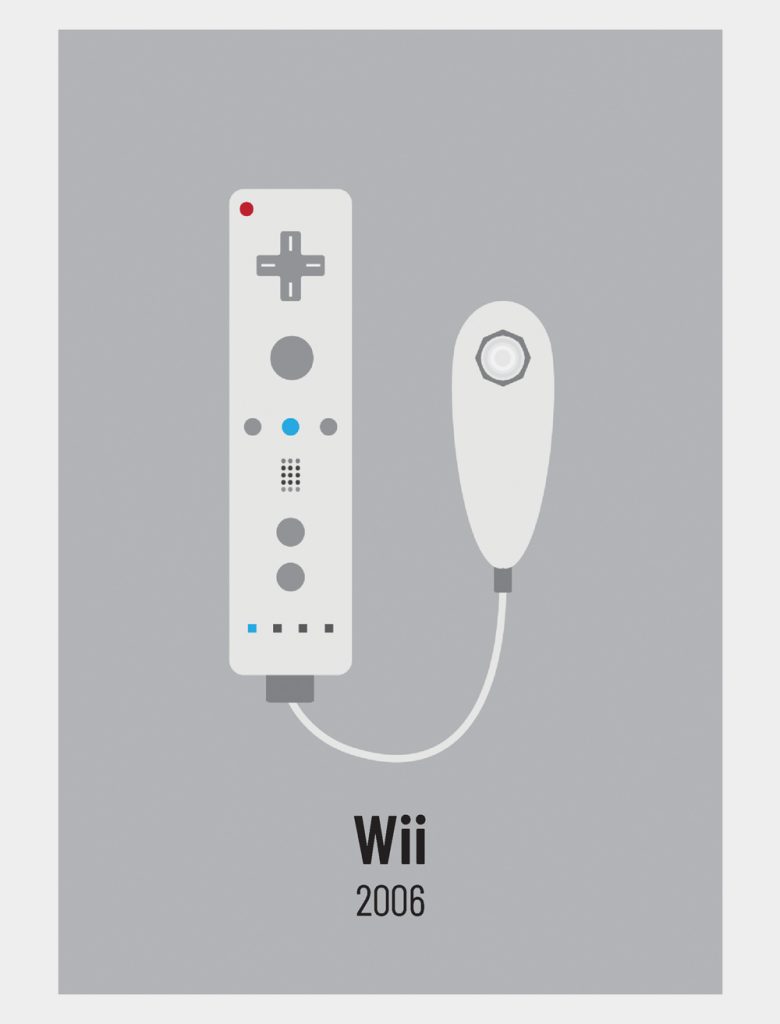
More than a game!
The Nintendo Wii redefined what a video game console could be. With its motion controls, inclusive philosophy, and timeless games, it opened up gaming to the world. Whether you were a hardcore gamer or a grandparent playing Wii Bowling with your grandchildren, the Wii had a way of connecting people like no console before it.
A true revolution, just like its codename promised!
You might also like
More from CONSOLES
Nintendo Wii Mini: Complete History, Versions, and Specs (2012)
The Nintendo Wii Mini is a lesser-known variant of the highly successful Nintendo Wii console. Designed as a more affordable …
Nintendo Switch: The Complete History and Versions of Nintendo’s Hybrid Revolution (2017)
Introduction When the Nintendo Switch was launched on March 3, 2017, it wasn’t just a new console, it was a radical …
Nintendo DS: The Dual-Screen Revolution (2004)
The Nintendo DS, launched in 2004, marked a bold and innovative step in the world of handheld gaming. With its …
